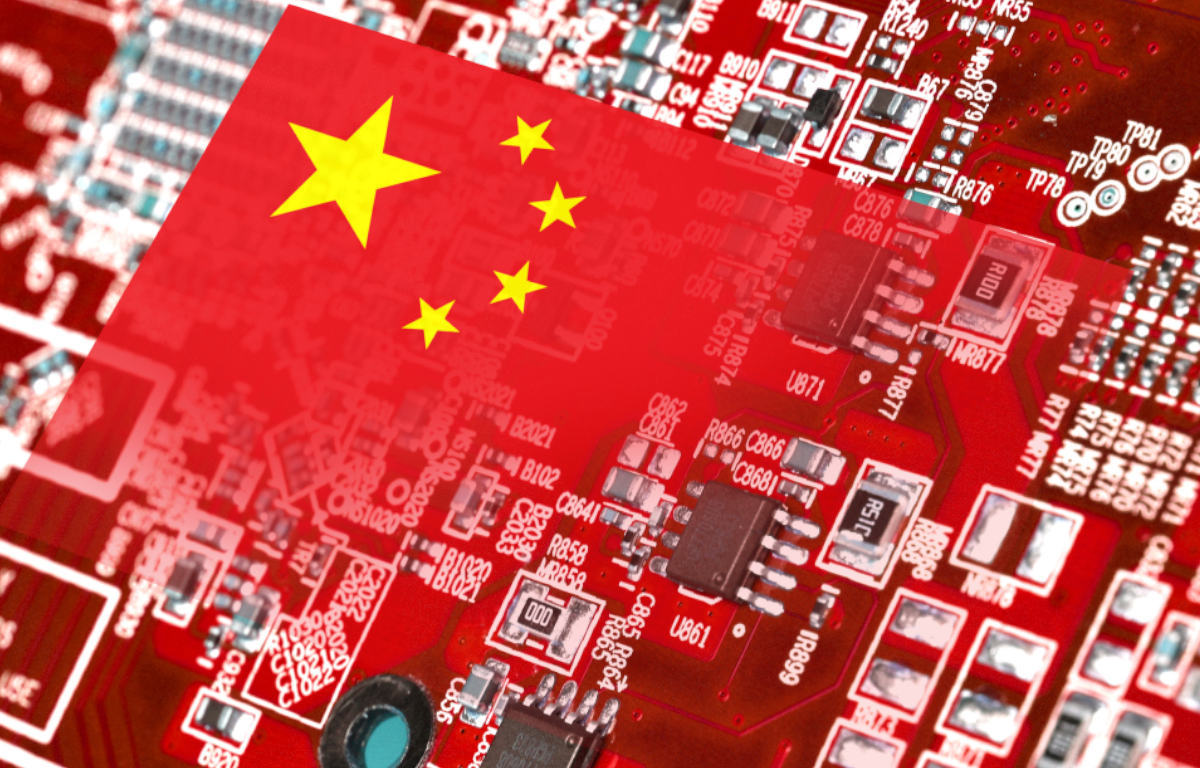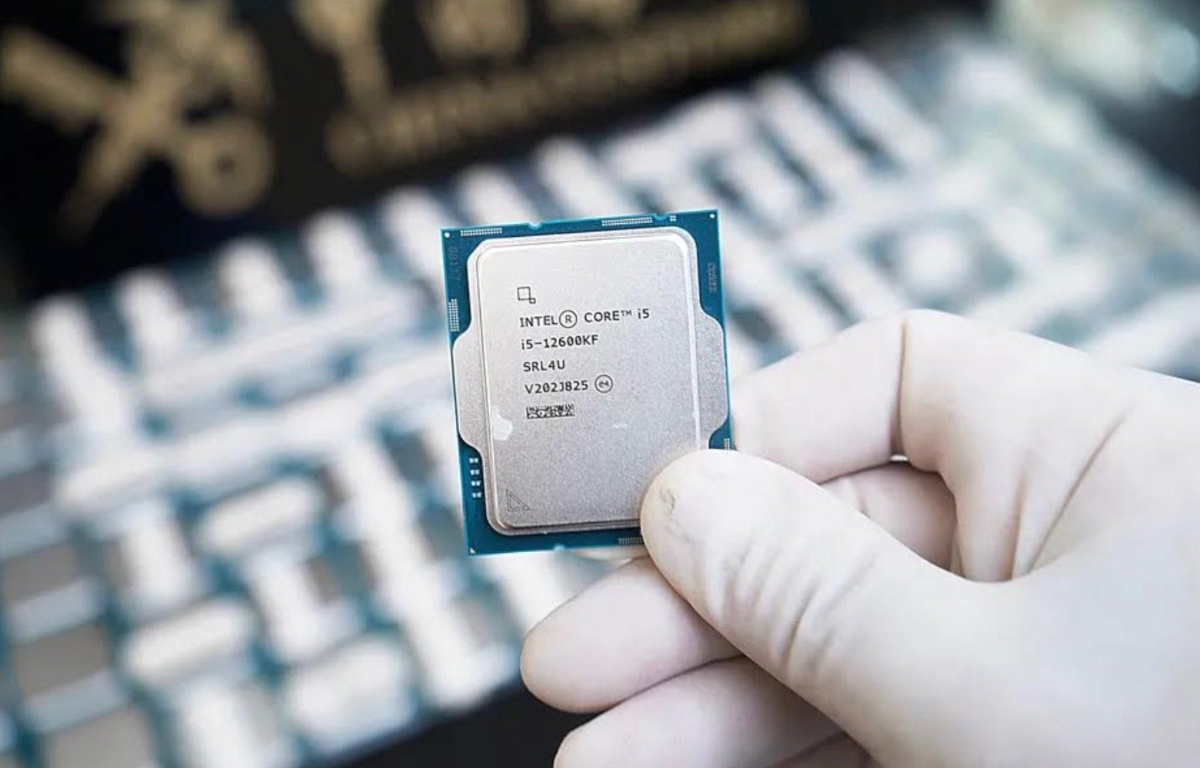Semiconductors are the essential building blocks of modern technology, powering everything from smartphones and computers to medical devices and automobiles. For years, China, often referred to as the “world’s factory,” has played a pivotal role in semiconductor production. Nevertheless, recent challenges, including those posed by the COVID-19 pandemic and the global chip shortage, have laid bare the vulnerabilities associated with overreliance on one nation for such a critical component. These circumstances have intensified the urgency of diversifying the semiconductor supply chain.
Mexico’s Microchip Advantage
Mexico, with its unique advantages, presents a compelling solution to the predicament:
Proximity to North America: Mexico’s geographical closeness to the United States, the largest consumer of semiconductors, makes it an ideal location for manufacturing and distribution. Reduced shipping times translate into cost savings and minimized supply chain vulnerabilities.
Skilled Workforce: Mexico boasts a rapidly growing tech industry and a highly skilled workforce in engineering and manufacturing. The country’s universities and technical schools produce a steady stream of talent, making it easier for semiconductor companies to find skilled labor.
Existing Tech Ecosystem: Mexico already hosts many global technology companies and a growing number of tech startups. This ecosystem provides valuable resources, collaboration opportunities, and a supportive environment for semiconductor manufacturing.
Trade Agreements: Mexico’s trade agreements, such as the United States-Mexico-Canada Agreement (USMCA), provide a stable and favorable trade environment, making it easier for companies to establish operations and engage in cross-border commerce.
Cost Competitiveness: Mexico offers cost advantages in terms of labor and overhead expenses, making it an economically attractive option for semiconductor manufacturing.
Challenges and Considerations
While Mexico presents a promising alternative for semiconductor production, several challenges and considerations must be addressed:
Infrastructure: Investment in infrastructure, including state-of-the-art fabrication facilities, is essential for a competitive semiconductor industry in Mexico.
Supply Chain Security: Ensuring the security of the semiconductor supply chain is paramount, and Mexico must establish stringent security protocols.
Intellectual Property Protection: Robust intellectual property protections are critical to attracting semiconductor manufacturers, as they need assurance that their innovations will be safeguarded.
Environmental Regulations: Semiconductor manufacturing can have environmental impacts, so stringent environmental regulations and sustainable practices should be in place.
Government Support: Collaboration between the Mexican government and the private sector is vital to creating a conducive environment for semiconductor manufacturing.
Diversifying the semiconductor supply chain away from China is imperative for global technology stability. Mexico’s strategic advantages, including its proximity to North America, skilled workforce, existing tech ecosystem, trade agreements, and cost competitiveness, make it an appealing destination for semiconductor companies aiming to reduce their reliance on China. However, realizing this potential necessitates addressing challenges related to infrastructure, supply chain security, intellectual property protection, environmental regulations, and government support. With the right strategies and investments, Mexico can position itself as a pivotal player in securing the semiconductor supply chain and ensuring the continued growth of the global tech industry.










Share this: